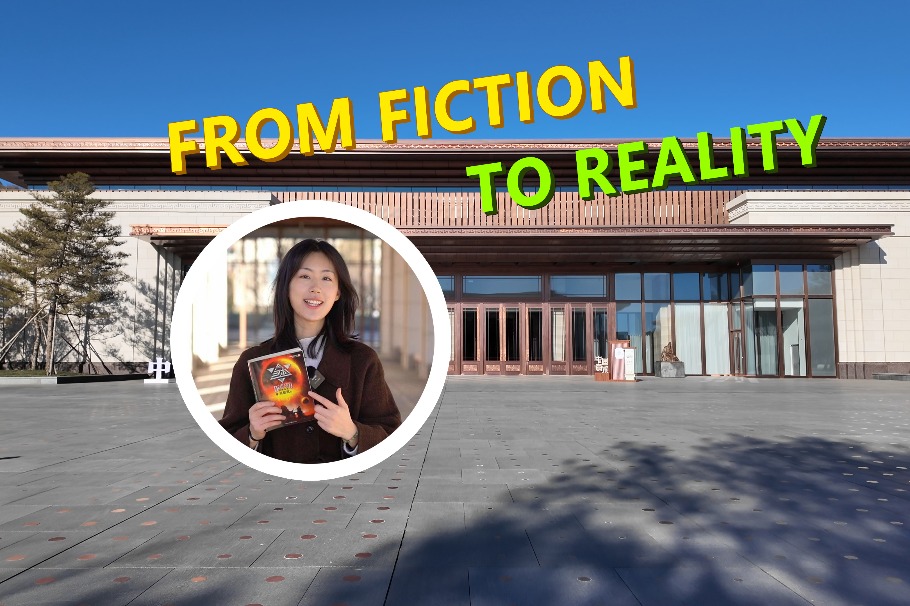Circles of influence
By Zhao Xu | China Daily | Updated: 2023-08-19 11:09

Roaming dragons
Here, another concept must be introduced: the Larger Songze Culture. Named after the Songze archaeological site on the far west of Shanghai, this culture encompassed many stand-alone sites with their own spheres of cultural influence that often overlapped and interacted, of which Lingjiatan is one. Collectively occupying the lower reaches of the Yangtze River and the region surrounding Taihu Lake in the Yangtze River Delta, the Larger Songze Culture, dated to between 3800 BC and 3300 BC, is considered "father" to the civilization of Liangzhu, which presided over roughly the same area starting from 3300 BC.
However, to connect the dots, the links between Lingjiatan and Hongshan must also be established. So far, both places have yielded multiple types of jade with apparent similarities to each other, including slit rings (rings with a side opening), discs and figurines.
"Some leading archaeologists in China have speculated on the existence of a transregional network maintained by the elite members of both societies in Hongshan and Lingjiatan, which had allowed for such exchanges," says Fang Xiangming, who today heads the Zhejiang Provincial Institute of Cultural Relics and Archaeology, an organization behind the excavation of Liangzhu in recent decades.
"Never underestimate the ability of our ancestors to travel long distances, or to pass on materials and ideas. The examination of any regional culture or civilization that had prospered on this land, or any imagery produced by them, must be carried out with a full awareness of that level of fluidity," he says.
One particular image the archaeologist has in mind is that of a dragon, the mythical creature that's most associated with China and, perhaps, the one most representative of Hongshan Culture. Containing within their streamlined design a distinct gracefulness and dynamism, the jade dragons of Hongshan, dubbed C-shaped dragons today, are characterized by big eyes, a long snout and flowing mane that collectively provide a prototype for the Chinese dragon as we know it today.
























